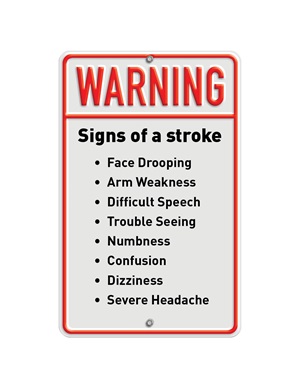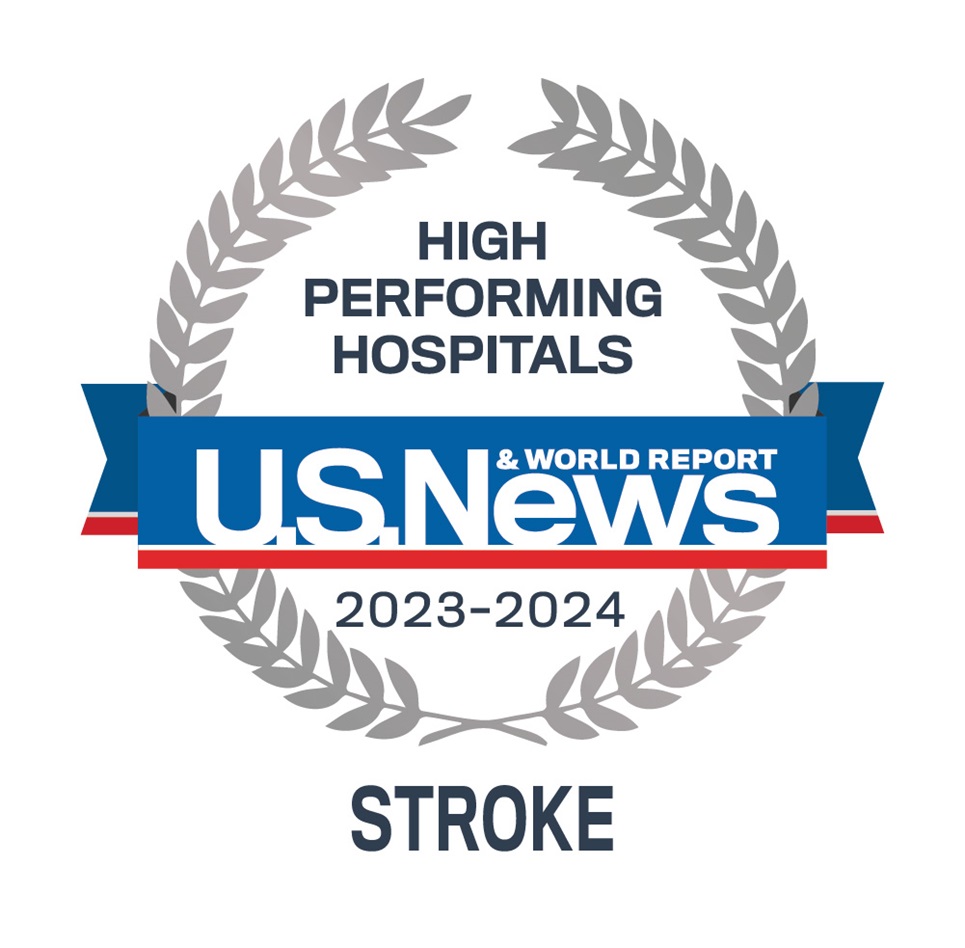A stroke occurs when the brain is deprived of sufficient blood flow, interrupting the delivery of necessary oxygen and nutrients.
A stroke is a medical emergency, as brain cells begin to die in minutes and prompt treatment is crucial. Early action can reduce brain damage and other complications.
There are two main types of strokes:
- Ischemic, which involves a blockage in an artery supplying blood to the brain
- Hemorrhagic, which results from a ruptured blood vessel in or on the brain
There are also transient ischemic attacks (often called “mini-strokes”) that resemble strokes but last for a much shorter period of time, resolve spontaneously and generally do not cause permanent damage to the brain.
What Causes a Stroke?
There are two main causes of stroke: a blocked artery (ischemic stroke) or the leaking or bursting of a blood vessel (hemorrhagic stroke). The underlying causes of stroke, however, are often multifaceted and may include risk factors that are beyond the control of the patient (such as being over the age of 55), as well as controllable lifestyle choices that include being a smoker or using illicit drugs.
Some of the most commonly cited risk factors include:
- Obesity
- Hypertension (high blood pressure)
- Diabetes
- Atrial fibrillation
- Clotting diseases
- Atherosclerosis (hardening of the arteries)
What Are the Symptoms of a Stroke?

Both ischemic and hemorrhagic stroke and transient ischemic attacks share many of the same signs and symptoms, such as:
- Drooping or numbness of the face, typically only on one side
- Weakness of the arms and/or legs, usually on one side of the body
- Slurred speech
- Confusion or difficulty comprehending speech
- Severe headache
- Blurred or dimmed vision in one or both eyes
- Numbness
- Confusion
- Dizziness or loss of balance
These symptoms typically come on suddenly, and they require immediate medical attention. If you think you’re having a stroke, call 911.
How Is a Stroke Diagnosed?
When you arrive at the hospital, multiple tests will be quickly performed to rule out other possible causes of your symptoms and determine which type of stroke you’re having.
These tests include:
- A physical exam
- Blood tests
- Computerized tomography (CT) scan
- Magnetic resonance imaging (MRI)
- Carotid ultrasound
- Cerebral angiogram
- Echocardiogram
How Is a Stroke Treated?
Emergency treatment for stroke depends on whether you're having an ischemic stroke (blocked artery) or a hemorrhagic stroke (bleeding into the brain).
Treatment for ischemic strokes can include:
-
Emergency IV medication
-
Emergency endovascular procedures
-
Carotid endarterectomy
-
Angioplasty and stents
Treatment options for hemorrhagic strokes include:
-
Emergency measures
-
Surgery
-
Coiling (endovascular embolization)
-
Stereotactic radiosurgery
Why Choose Tampa General's Comprehensive Stroke Center?
As one of the only Comprehensive Stroke Centers in Tampa, TGH is prepared to immediately respond to any emergent signs of a stroke with board certified neurologists, advanced neuro-imaging, and complex neurosurgical interventions. Tampa General's 32-bed Neurosciences Intensive Care Unit is one of the largest in the country.
Tampa General Hospital was named one of the top hospitals in the country for stroke care for 2023-24, according to U.S. News & World Report. TGH is also recognized as Honor Role Elite Gold Plus for Stroke Care by the American Heart Association.

